Michael Tadross
Co-PI (Core Leadership)
Duke University
Michael Tadross, MD., PhD, is an Assistant Professor of Biomedical Engineering and Neurobiology at Duke University, where he develops genetically encoded technologies to target clinically relevant drugs to specific cell types in the brain. His lab applies these methods to mouse models of neuropsychiatric disease to determine which brain cell types are responsible for beneficial versus harmful effects, providing a roadmap for development of targeted therapeutics. He received a BS in electrical and computer engineering with a minor in chemistry at Rutgers, an MD/Ph.D. in biomedical engineering at Johns Hopkins,; postdoctoral training in cellular neuroscience at Stanford, and began independent research as a fellow at the HHMI Janelia Research Campus.
Recent ASAP Preprints & Published Papers
An open-source head-fixation and implant-protection system for mice
Reward perseveration is shaped by GABAA-mediated dopamine pauses






